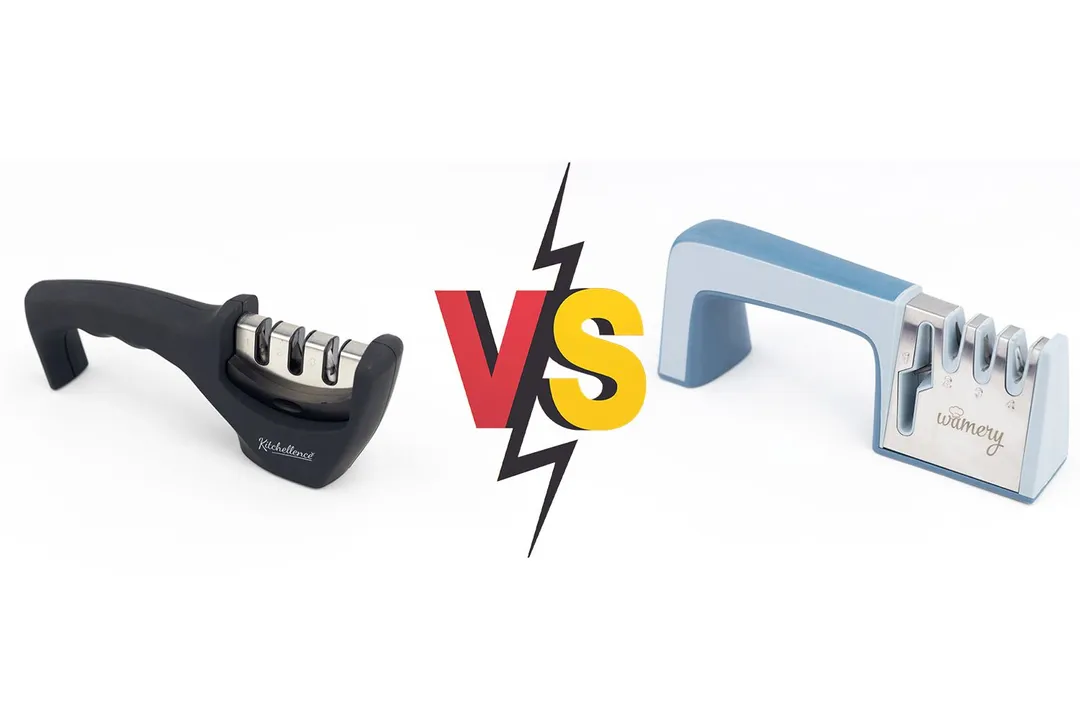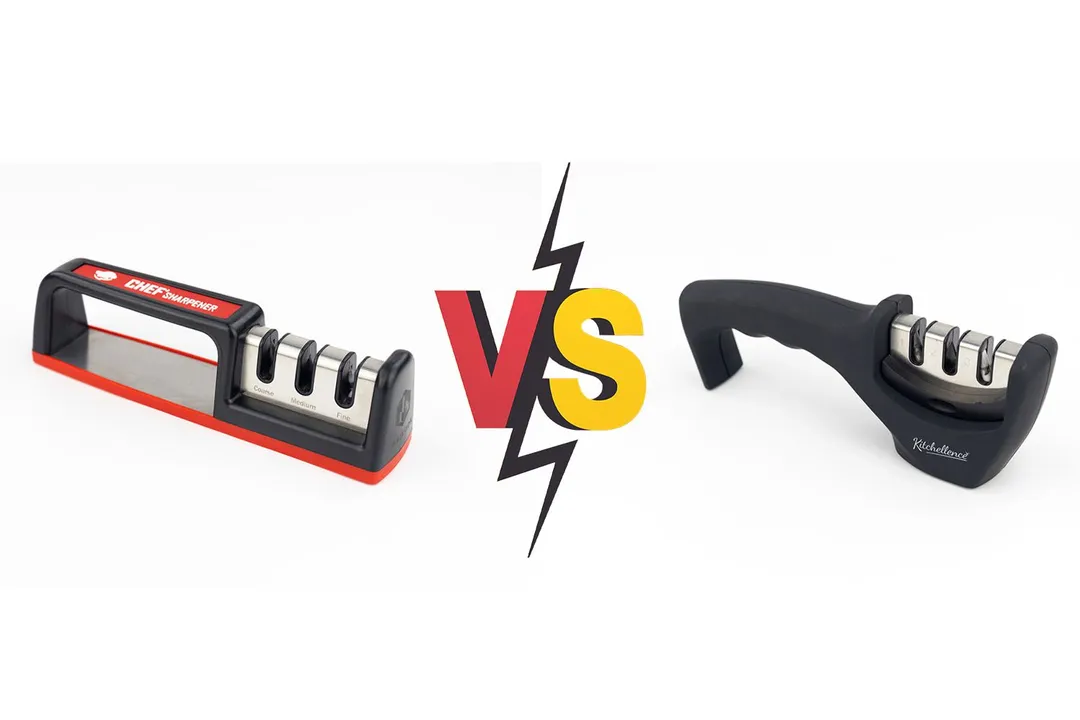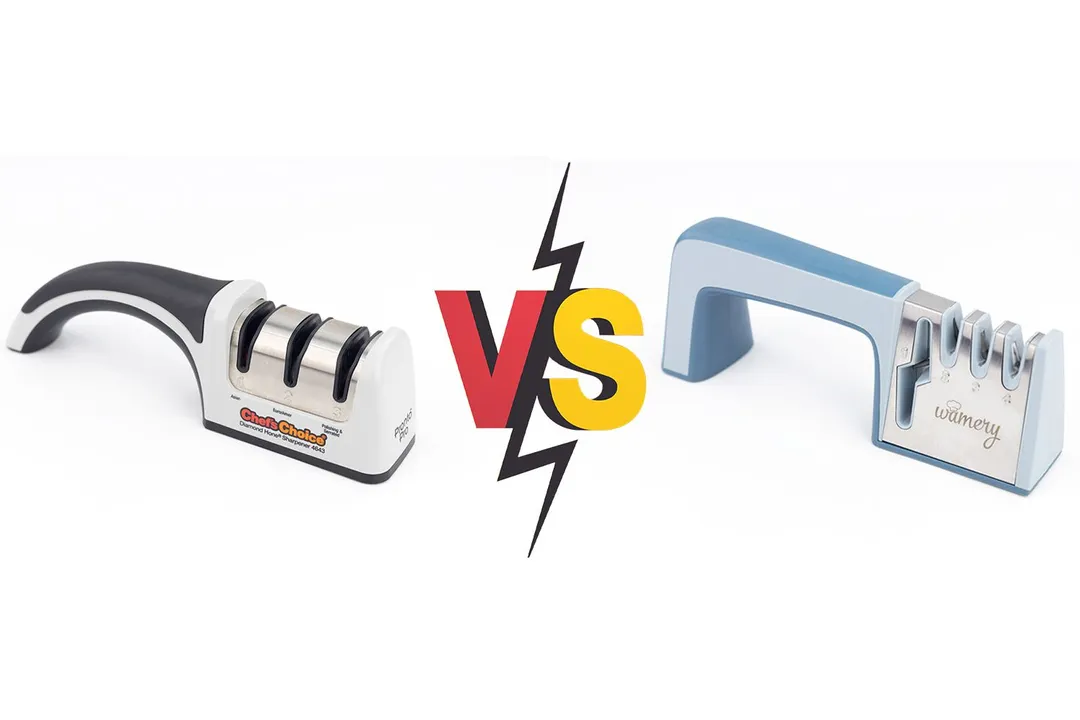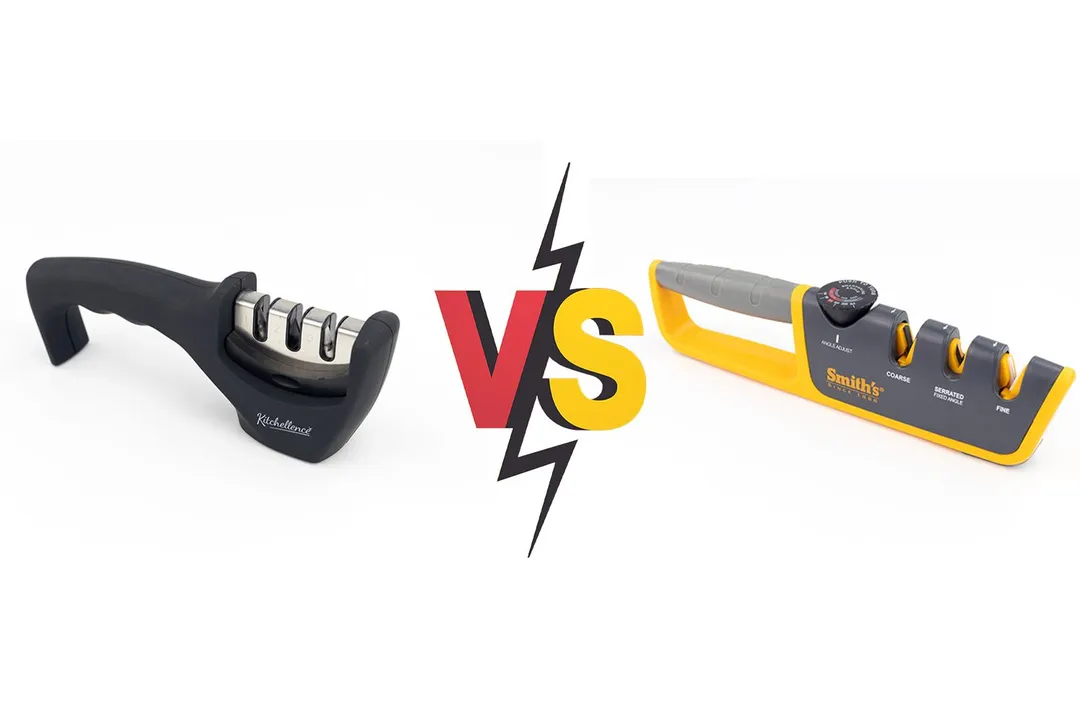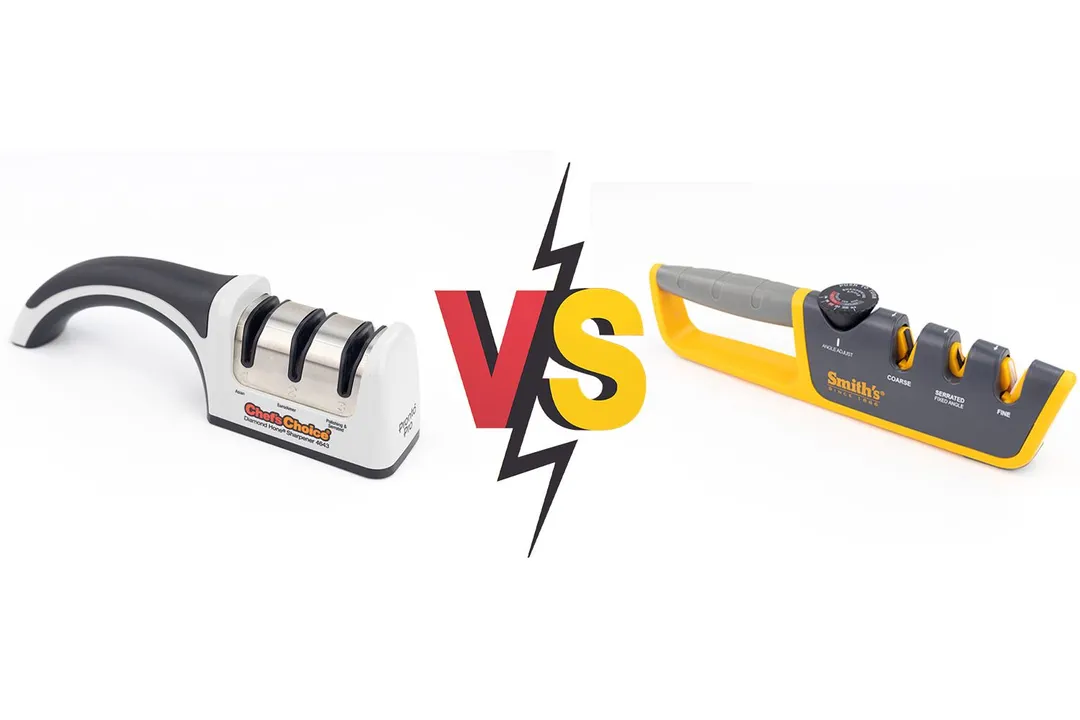Our recommendations are made independently through Research & Testing. We may receive commissions from purchases made via our links.
Chef'sChoice 4643 Manual vs Kitchellence 3-Stage Manual Side-by-Side Comparison
Both the Chef’s Choice and the Kitchellence are well-built devices, but the latter is more well-rounded and it wins in the categories that matter the most.
Chef's Choice 4643
Tested Using Methodology v1.1Kitchellence 3-Stage
Tested Using Methodology v1.1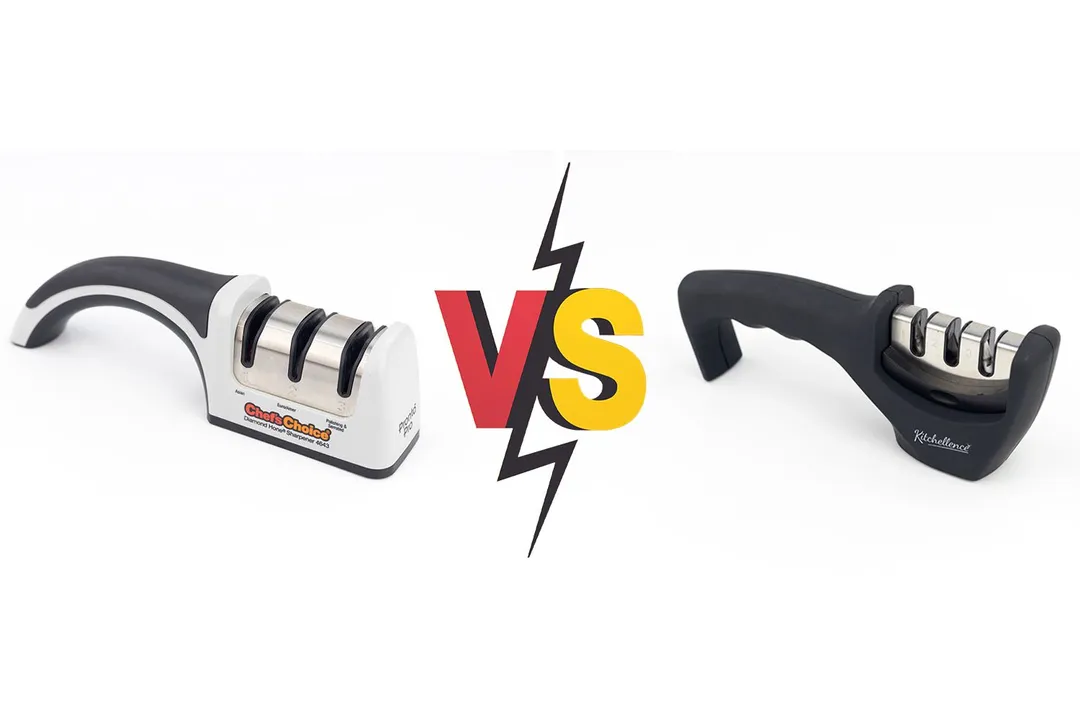
Overall Verdict
Both the Chef’s Choice and the Kitchellence are well-built and offer great stability during sharpening. But when it comes to results, the latter is an easy winner.
The Chef’s Choice boasts diamond-coated discs, which sounds great in theory but not so much in practice. It creates a sharp double edge, but it takes a lot longer than the Kitchellence to get there. Also, in trying to accommodate two grind angles, edge smoothness is compromised.
The Kitchellence comes with three stages of sharpening, placed in a natural, progressive order, making it intuitive to use. Each slot features substantial rods or blades that regenerate your blade without removing too much material or destroying the edge. The device is more well-rounded and it wins in the categories that matter the most, too.
Pros & Cons
- Works with 20° and 15° edges
- Compatible with serrated blades
- Grippy handle
- Neat, ergonomic overall design
- Easy to use, intuitive design
- Soft, comfortable finish
- Extra weight near the base for stability
- Affordable price
- Included glove for added safety
- Expensive price
- Awkward slot layout
- Tapered base
- Awkward base pad
Key Specs
Where to Buy
*You help support HealthyKitchen101's product testing and reviews by purchasing from our retail partners.
Analysis and Test Results
Performance
Sharpening Time to Cut a Lemon
Material Retention
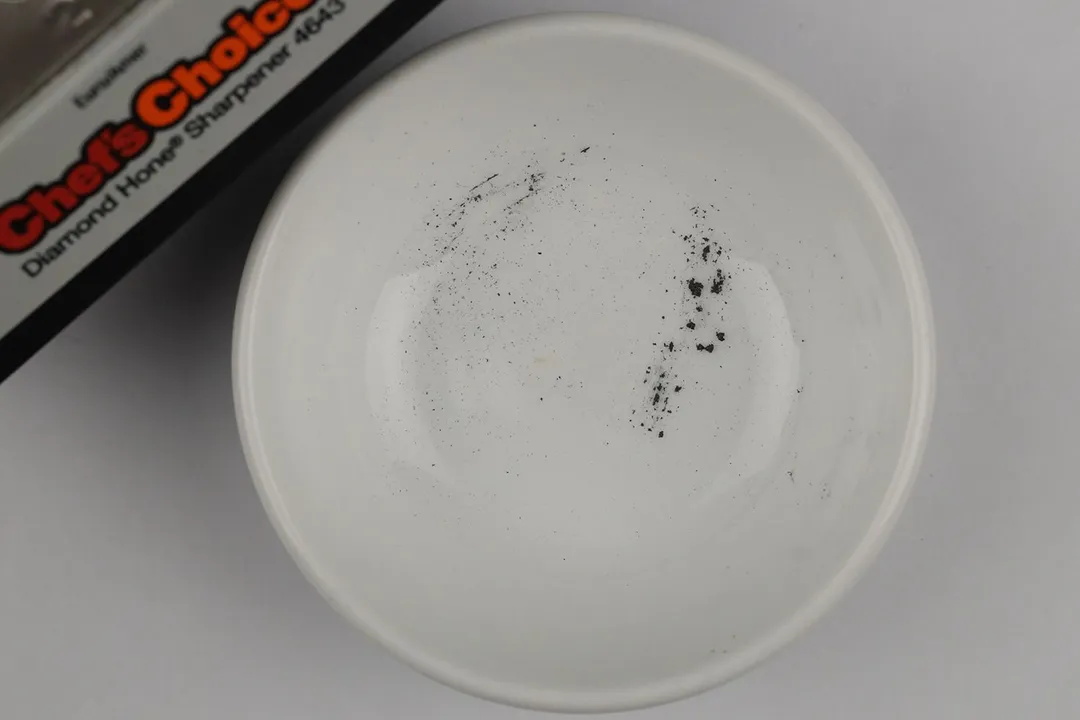
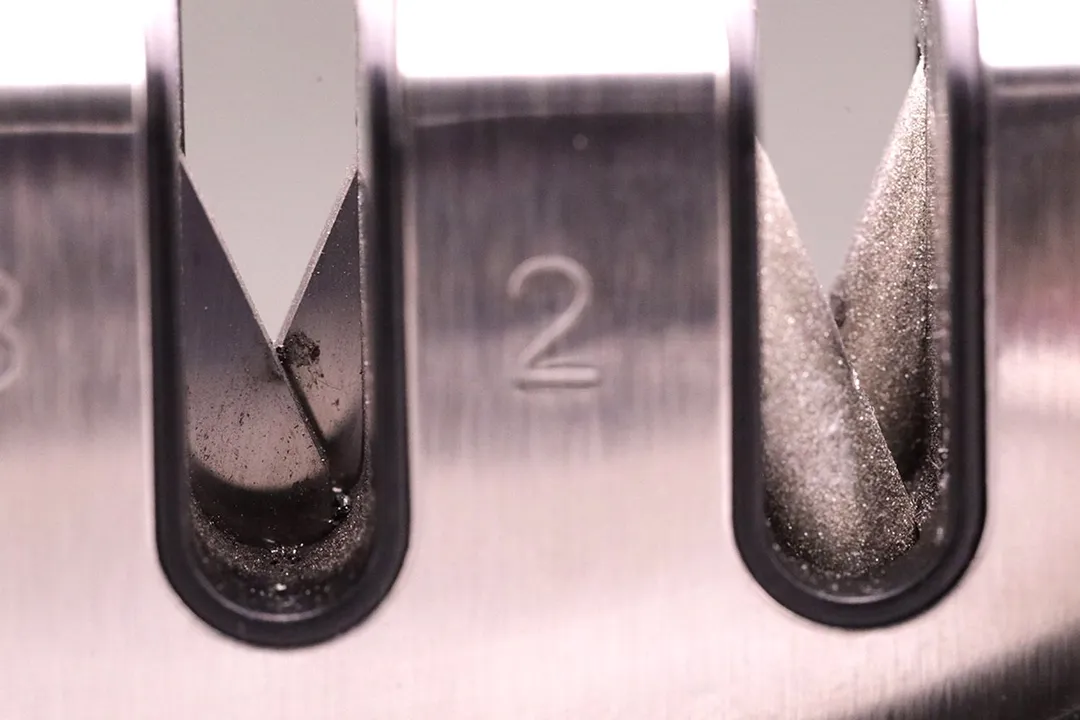

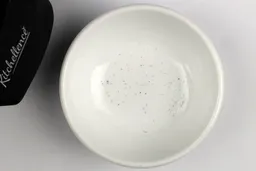
Maximum Sharpness Achieved
Edge Smoothness
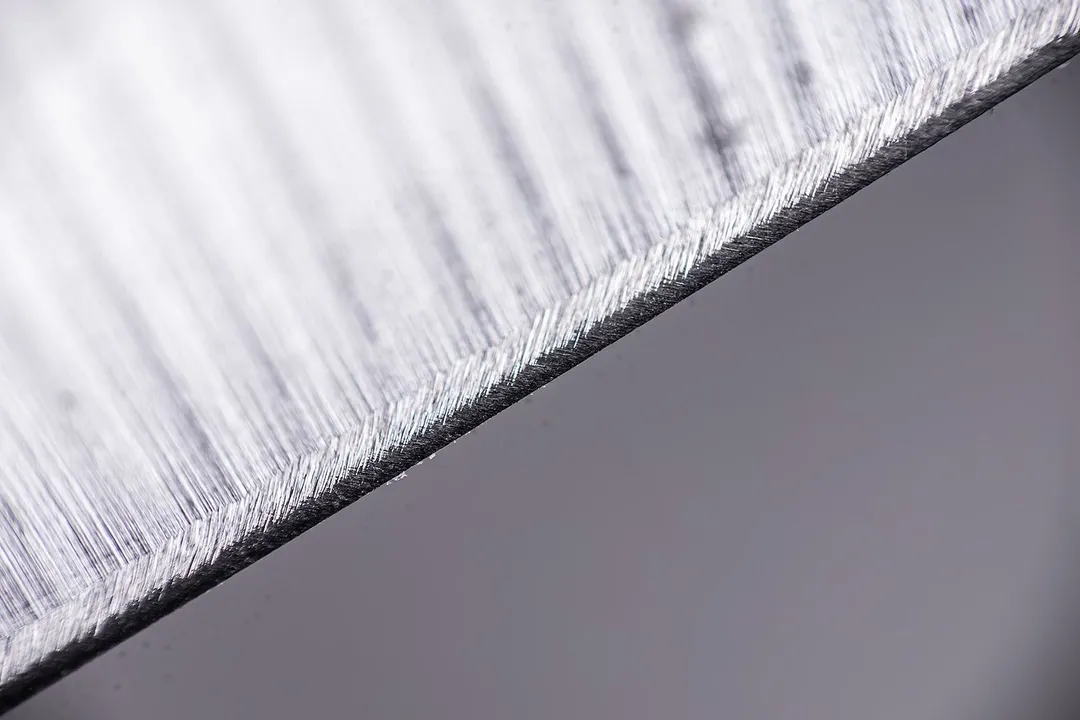
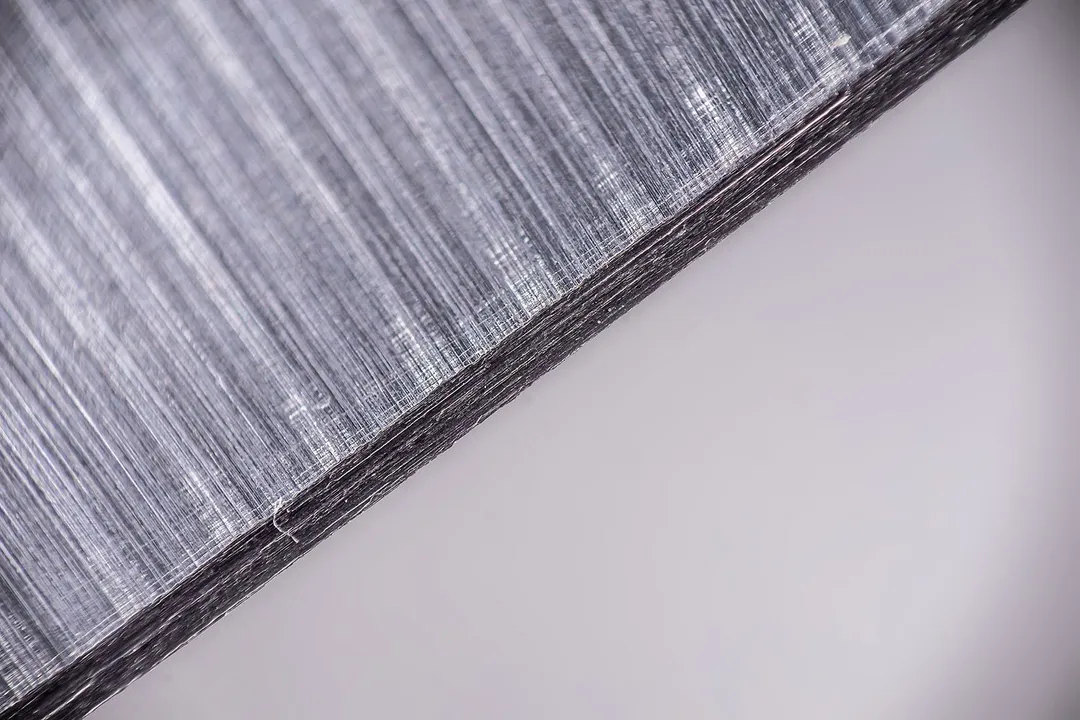
Design
In the Box
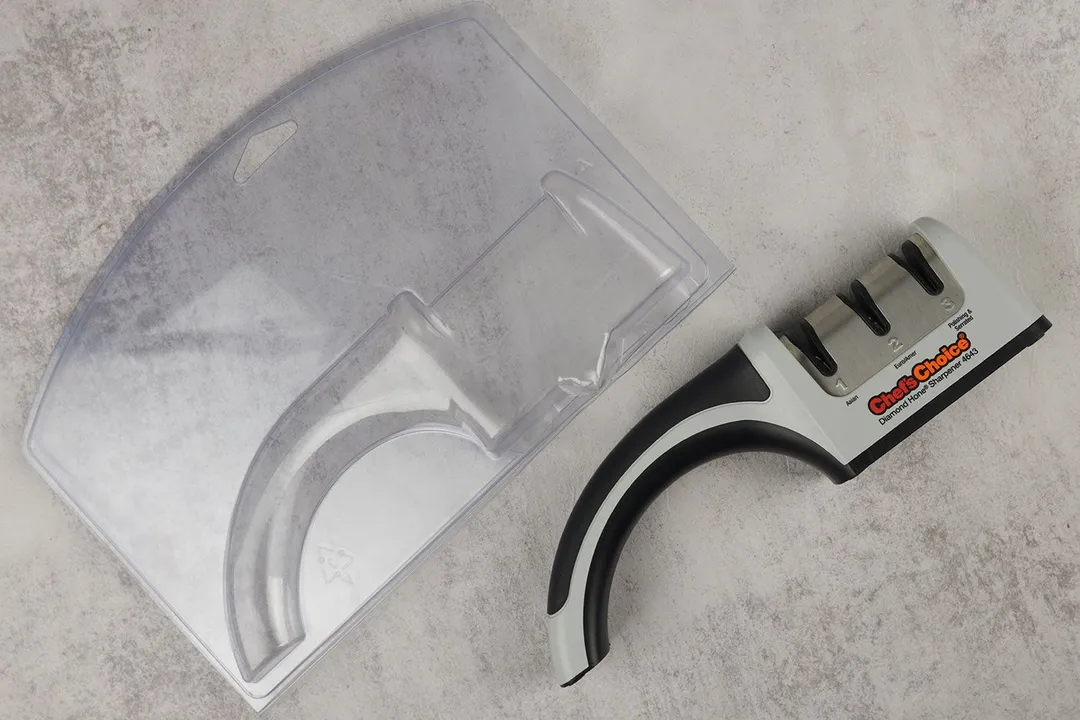
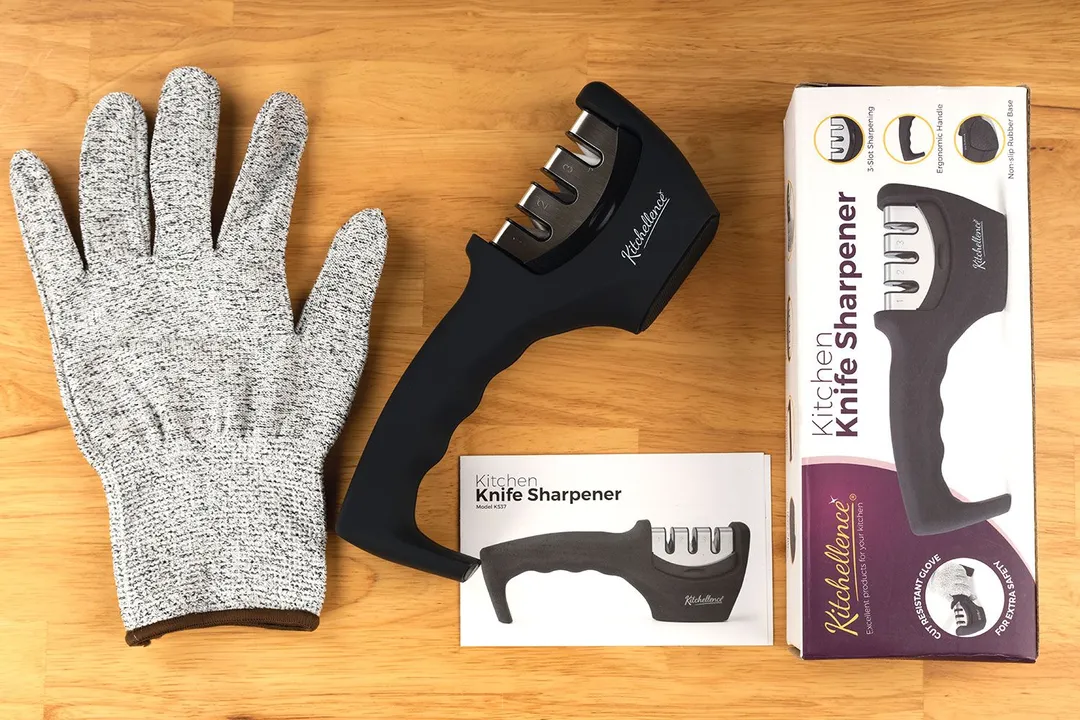
Dimensions
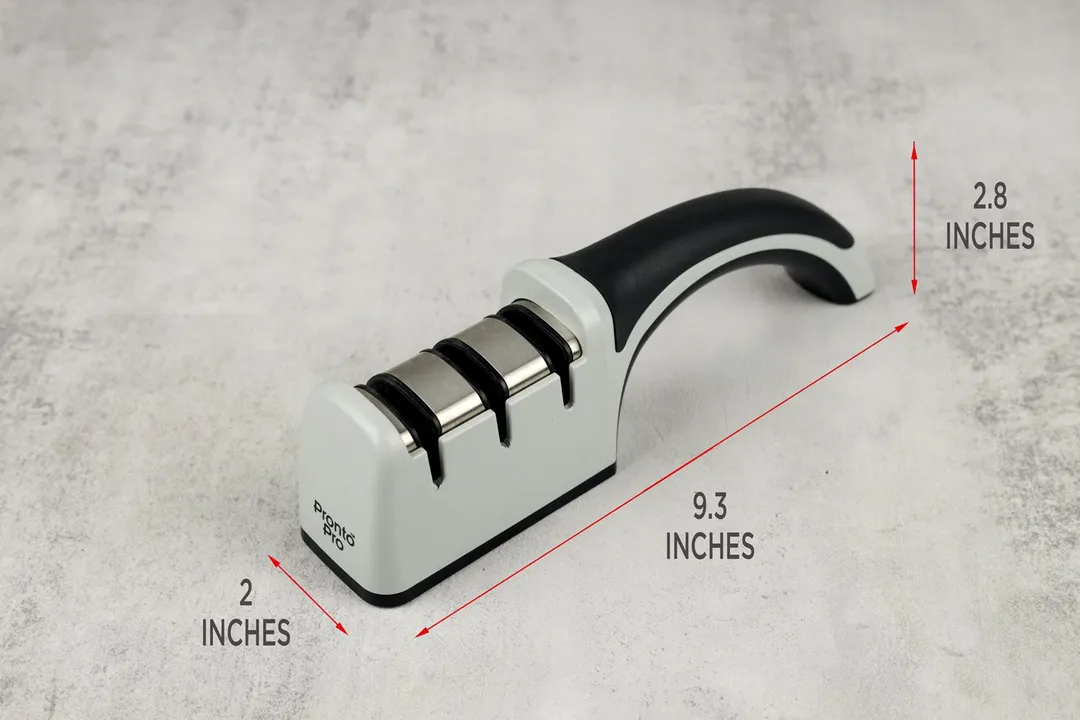
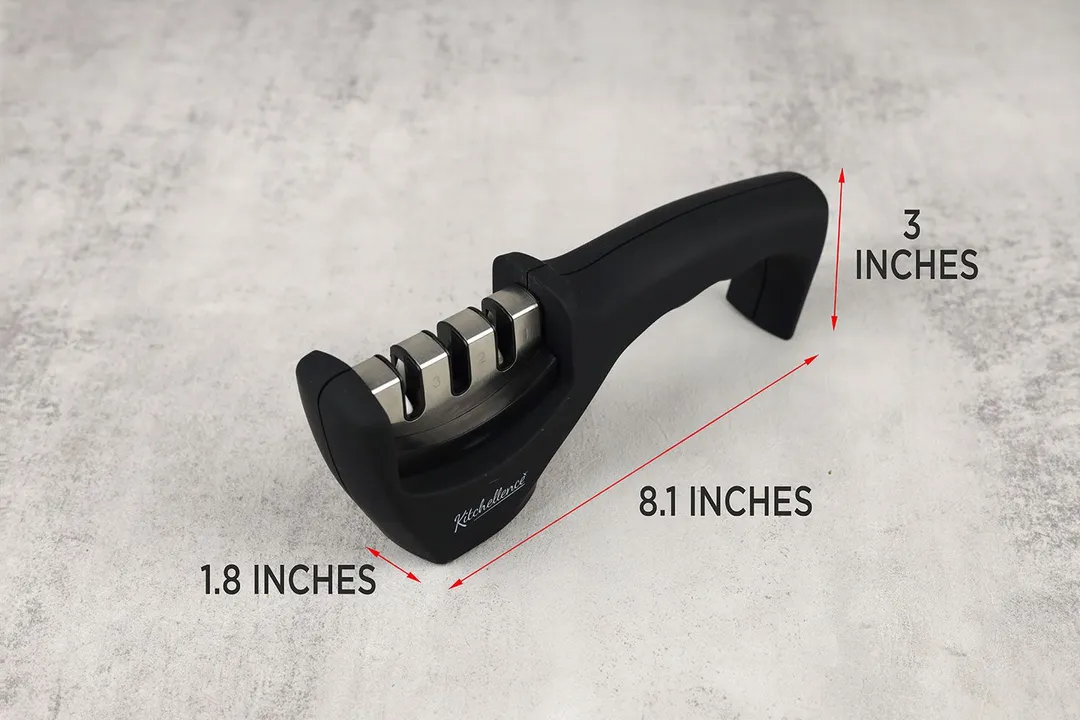
Build Quality
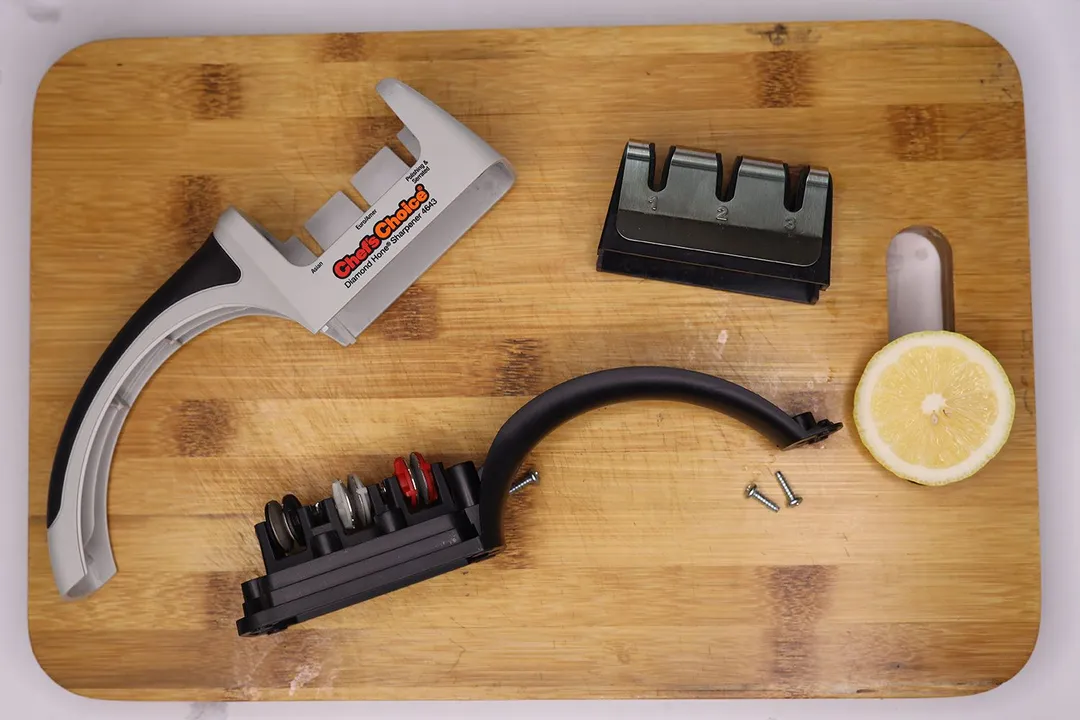
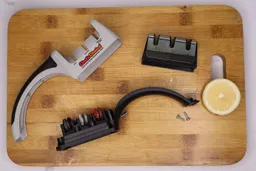
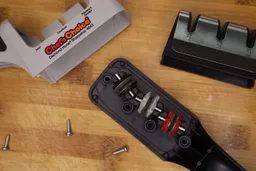
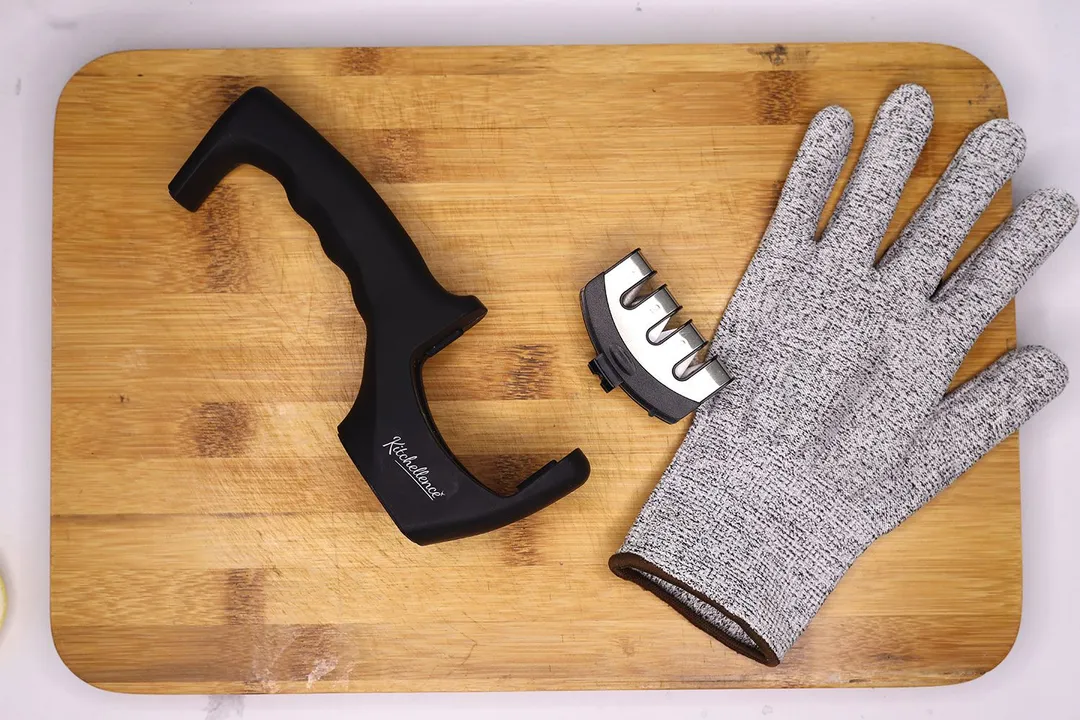
Working Section
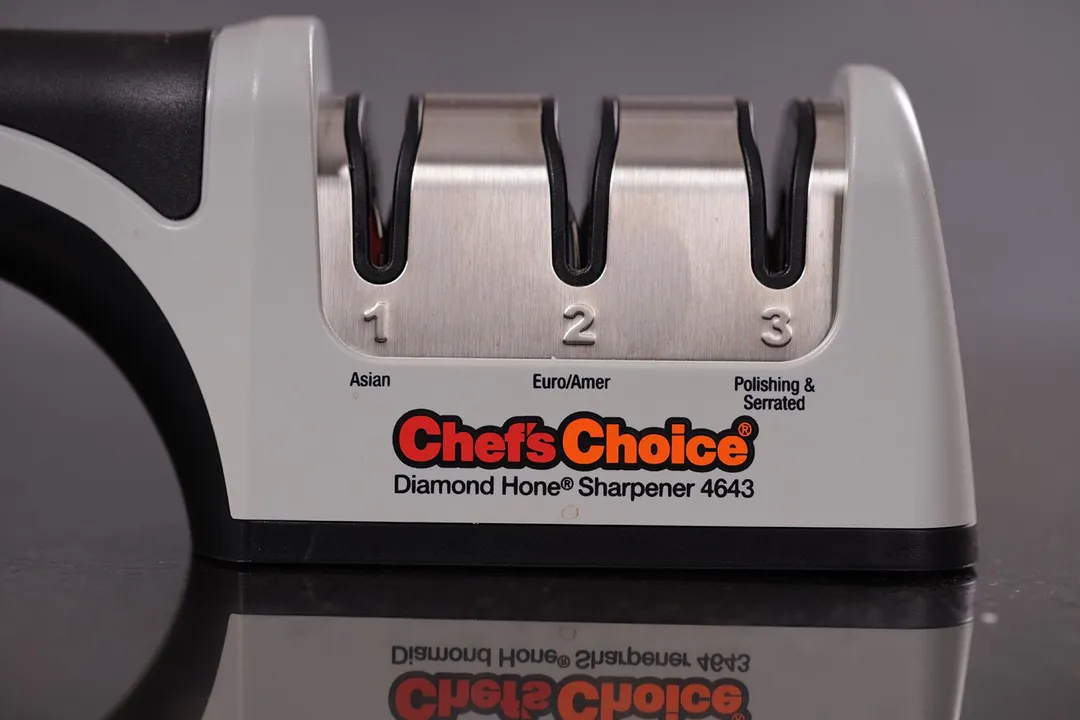
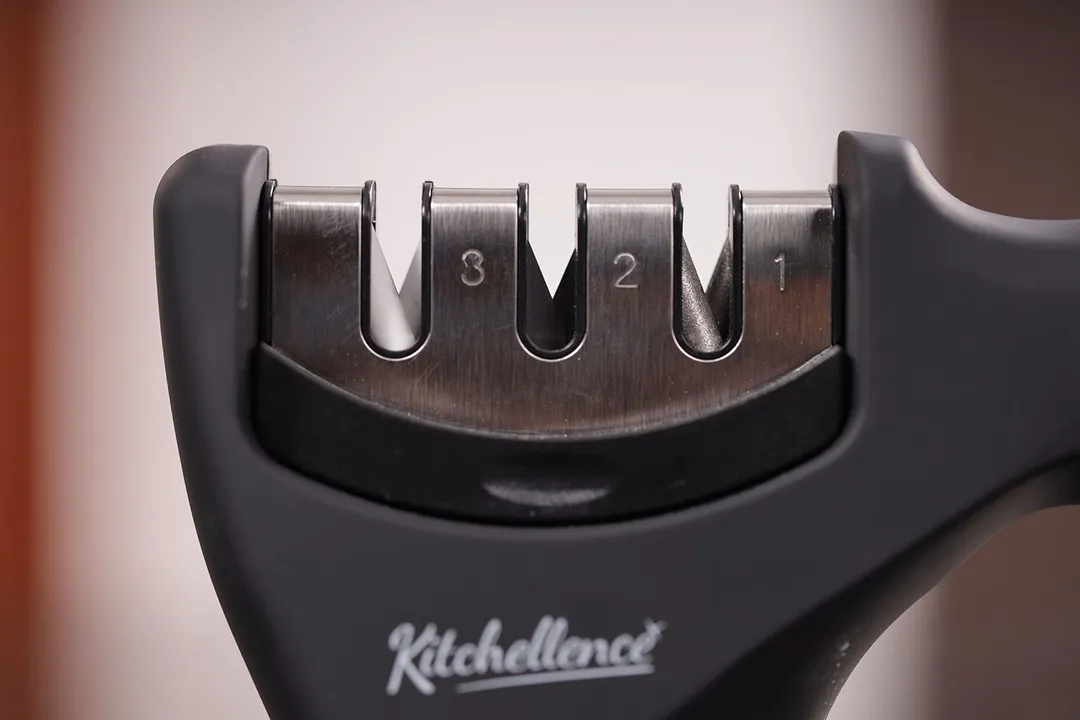
Base

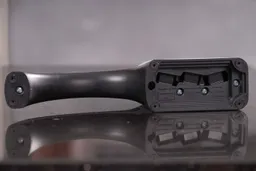
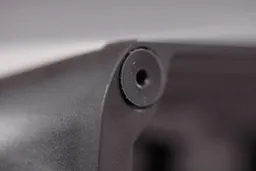
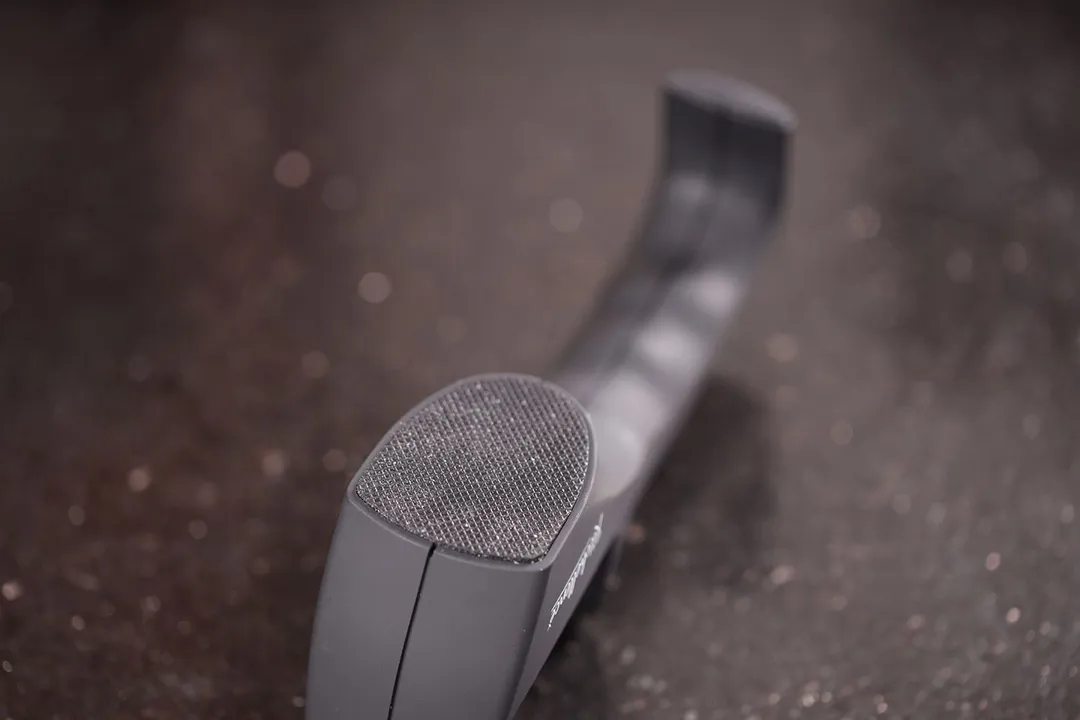
Grip


Usability
Slot Arrangement
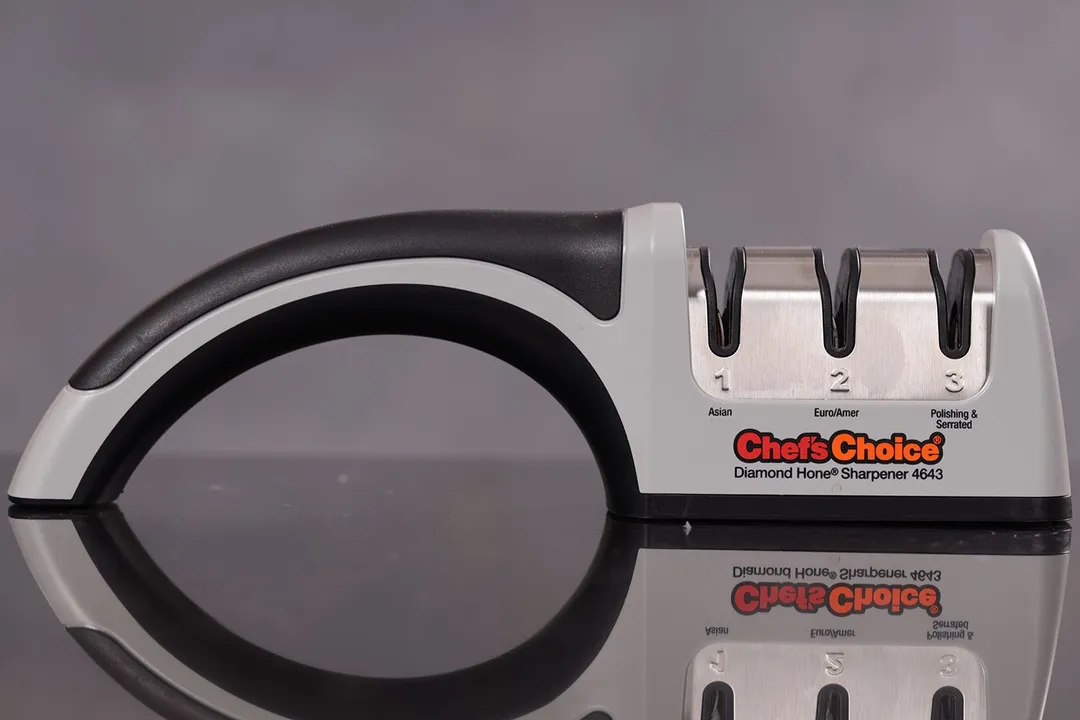

Insertion

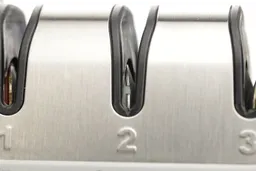
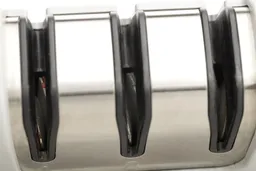
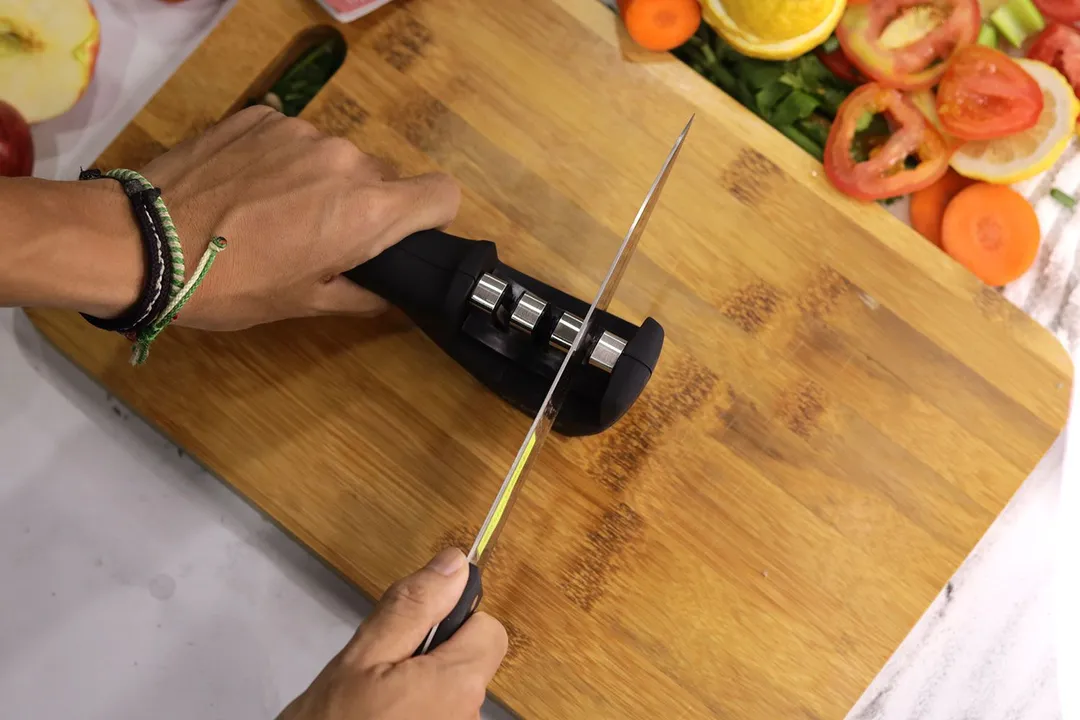
Pulling Through
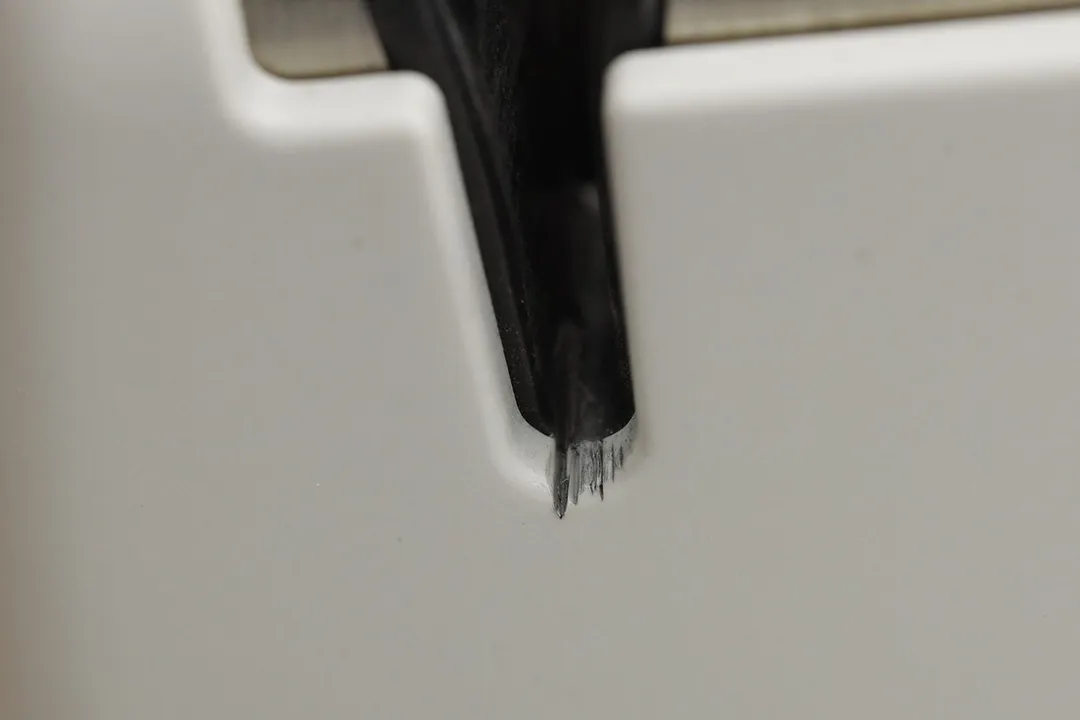
Stability on a Clean Surface
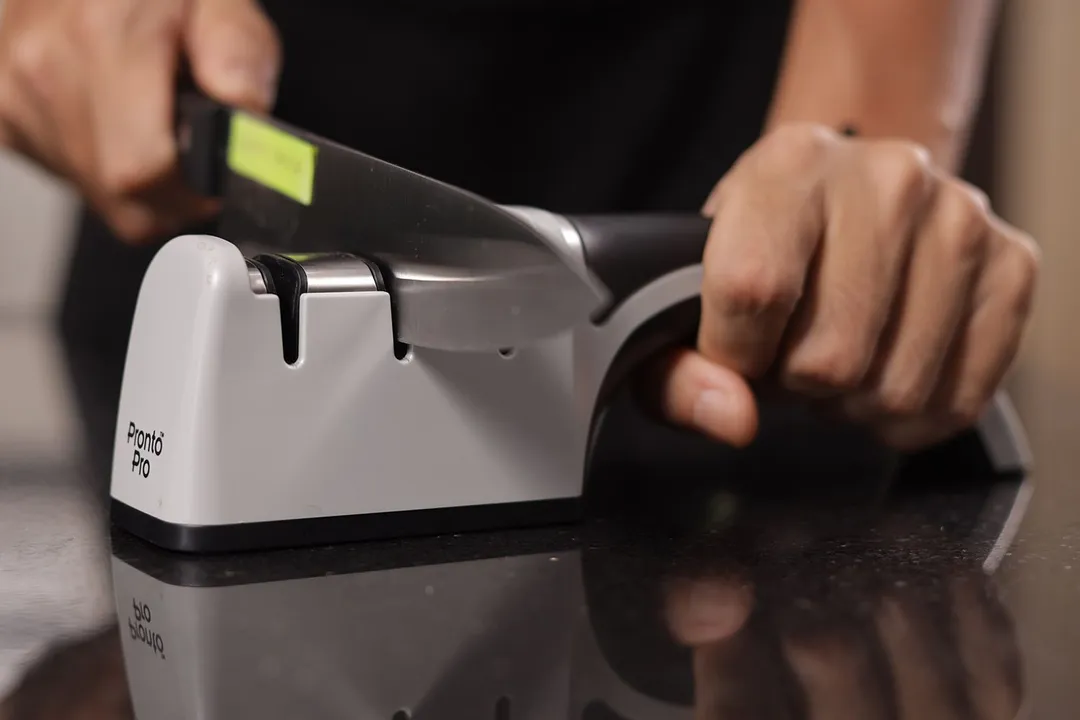

Stability on a Wet and Dirty Surface
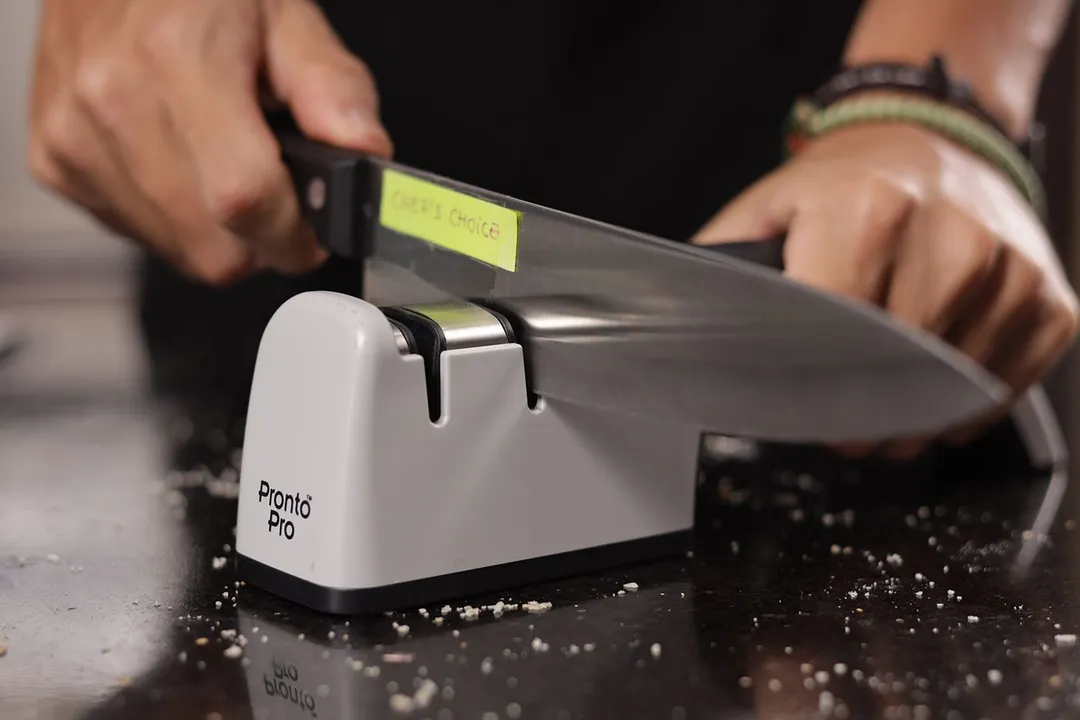

Behind the Comparison
Anh Ngo is a writer with 9 years experience at different media outlets, covering from public news and events to product testing and analysis. At HealthyKitchen101, she works across different departments, communicating closely with its network of writers, editors, and health, tech, and search engine experts to provide a meaningful and pleasant reading experience for visitors.

